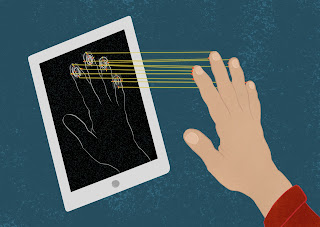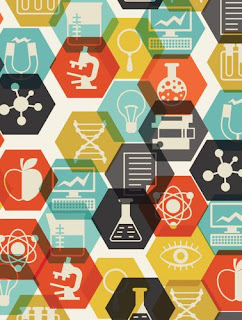Topics: Biology, COVID-19, History, Politics
On March 26, 1953, American medical researcher Dr. Jonas Salk announces on a national radio show that he has successfully tested a vaccine against poliomyelitis, the virus that causes the crippling disease of polio. In 1952—an epidemic year for polio—there were 58,000 new cases reported in the United States, and more than 3,000 died from the disease. For promising eventually to eradicate the disease, which is known as “infant paralysis” because it mainly affects children, Dr. Salk was celebrated as the great doctor-benefactor of his time.
Polio, a disease that has affected humanity throughout recorded history, attacks the nervous system and can cause varying degrees of paralysis. Since the virus is easily transmitted, epidemics were commonplace in the first decades of the 20th century. The first major polio epidemic in the United States occurred in Vermont in the summer of 1894, and by the 20th century thousands were affected every year. In the first decades of the 20th century, treatments were limited to quarantines and the infamous “iron lung,” a metal coffin-like contraption that aided respiration. Although children, and especially infants, were among the worst affected, adults were also often afflicted, including future president Franklin D. Roosevelt, who in 1921 was stricken with polio at the age of 39 and was left partially paralyzed. Roosevelt later transformed his estate in Warm Springs, Georgia, into a recovery retreat for polio victims and was instrumental in raising funds for polio-related research and the treatment of polio patients.
According to the link, the trials weren't without consequence:
In 1954, clinical trials using the Salk vaccine and a placebo began on nearly two million American schoolchildren. In April 1955, it was announced that the vaccine was effective and safe, and a nationwide inoculation campaign began. Shortly thereafter, tragedy struck in the Western and mid-Western United States, when more than 200,000 people were injected with a defective vaccine manufactured at Cutter Laboratories of Berkeley, California. Thousands of polio cases were reported, 200 children were left paralyzed and 10 died.
The Salk method - created in 1954 - is to inject inert forms of the virus into the bloodstream (made inactive with formaldehyde), then the body develops defenses, or antibodies against them, however it didn't prevent the virus from thriving in the intestines. His colleague, Dr. Sabin, injected an attenuated vaccine (1961), meaning it wasn't a fully inert strain so that the gut environment could be addresses. More here. The Sabin mostly eliminated Polio in the world, but the U.S. still uses the Salk method.
April 8, 1950, Mildred Dean married Robert H. Goodwin. Mom would earn an associates degree as a PN - practical nurse, and Pop worked for Hanes Dye and Finishing as an operator, under grueling conditions and few opportunities to promote until retirement. My big sister - in grade school at the time - would come along for the ride.
1954 - the year of the Polio vaccine, was also the date of Brown vs. Board of Education, where the Supreme Court reached a non-partisan, 9-0 decision, that education in America was separate and unequal.
1961 was the year the Sabin vaccine was created, and a couple who had been married twelve years got pregnant around Thanksgiving - I would be born August of 1962. I likely was beneficiary of the Sabin method at Kate Biting Hospital in Winston-Salem, NC, also the black hospital where my mother worked.
We cannot "patent the sun." But one can be grateful for the impact of invention by Dr. Salk and Dr. Sabin on the quality of life given to everyone in my generation, and forward, and African American parents wise enough to wait for it.
There will be a sunrise, past this moment.
Dr. Jonas Salk announces polio vaccine, History.com Editors














